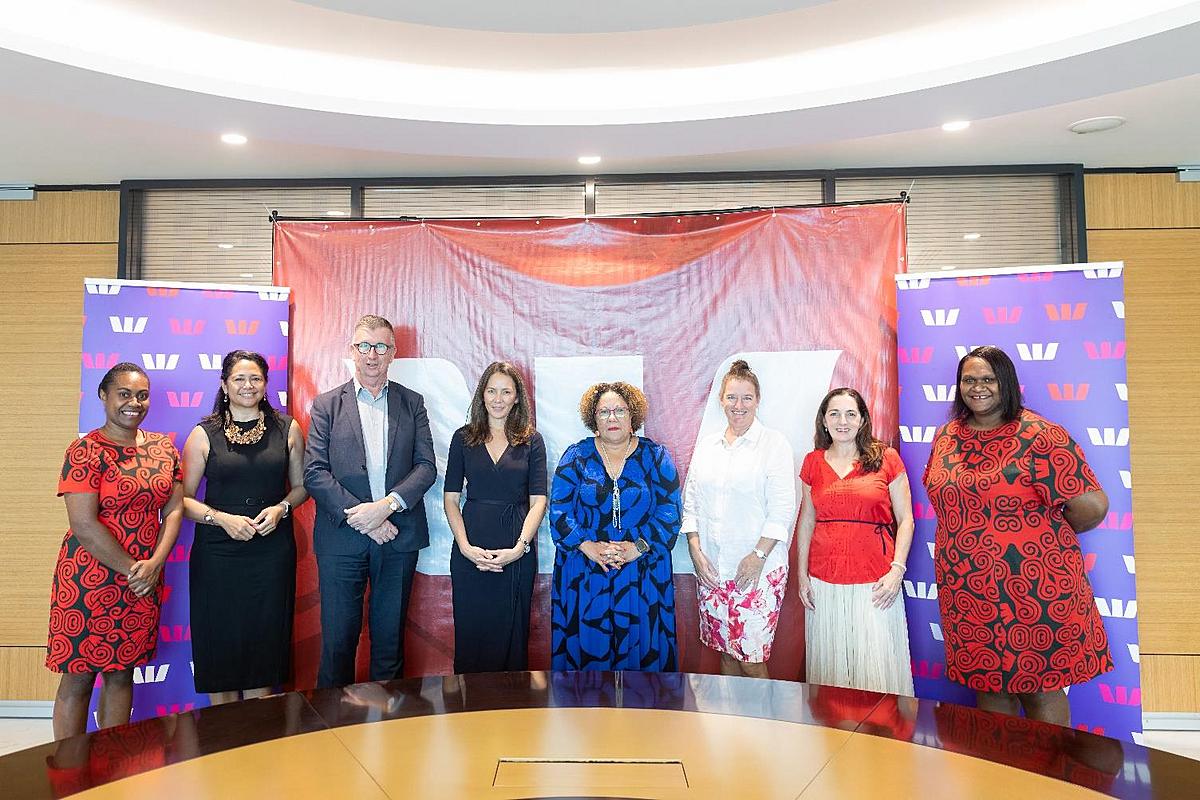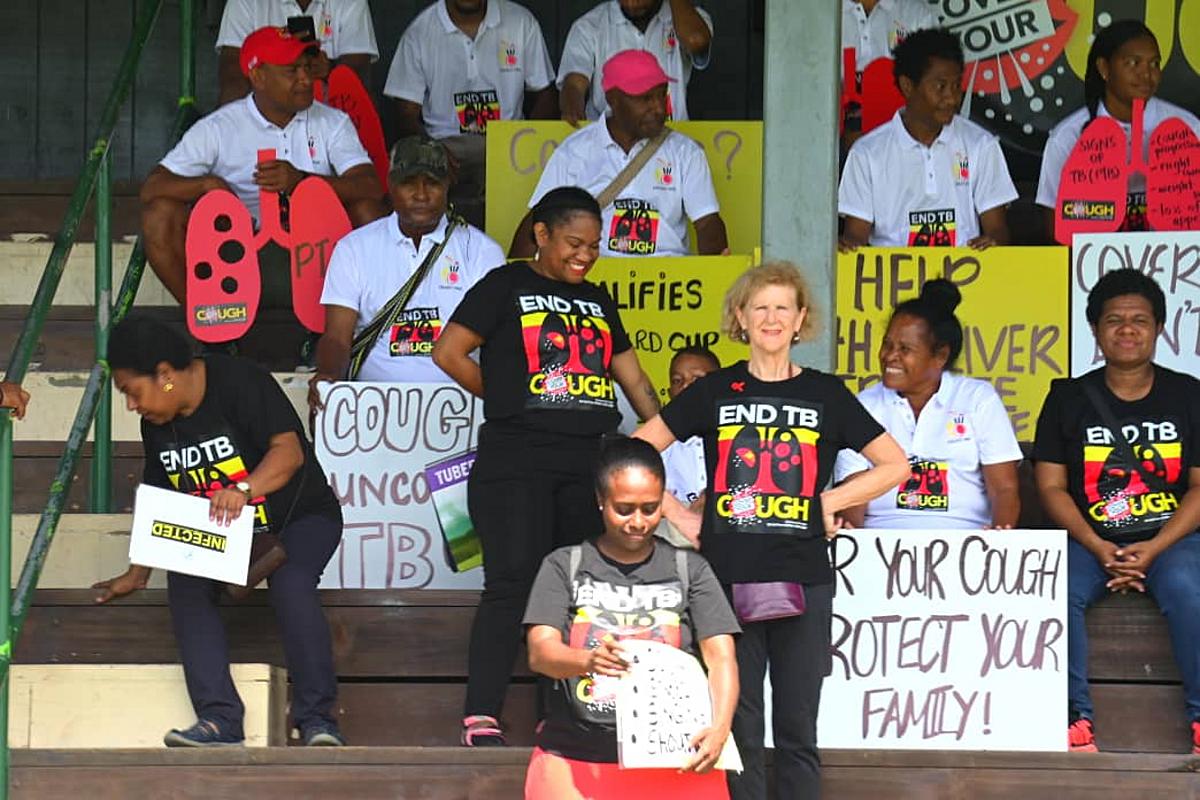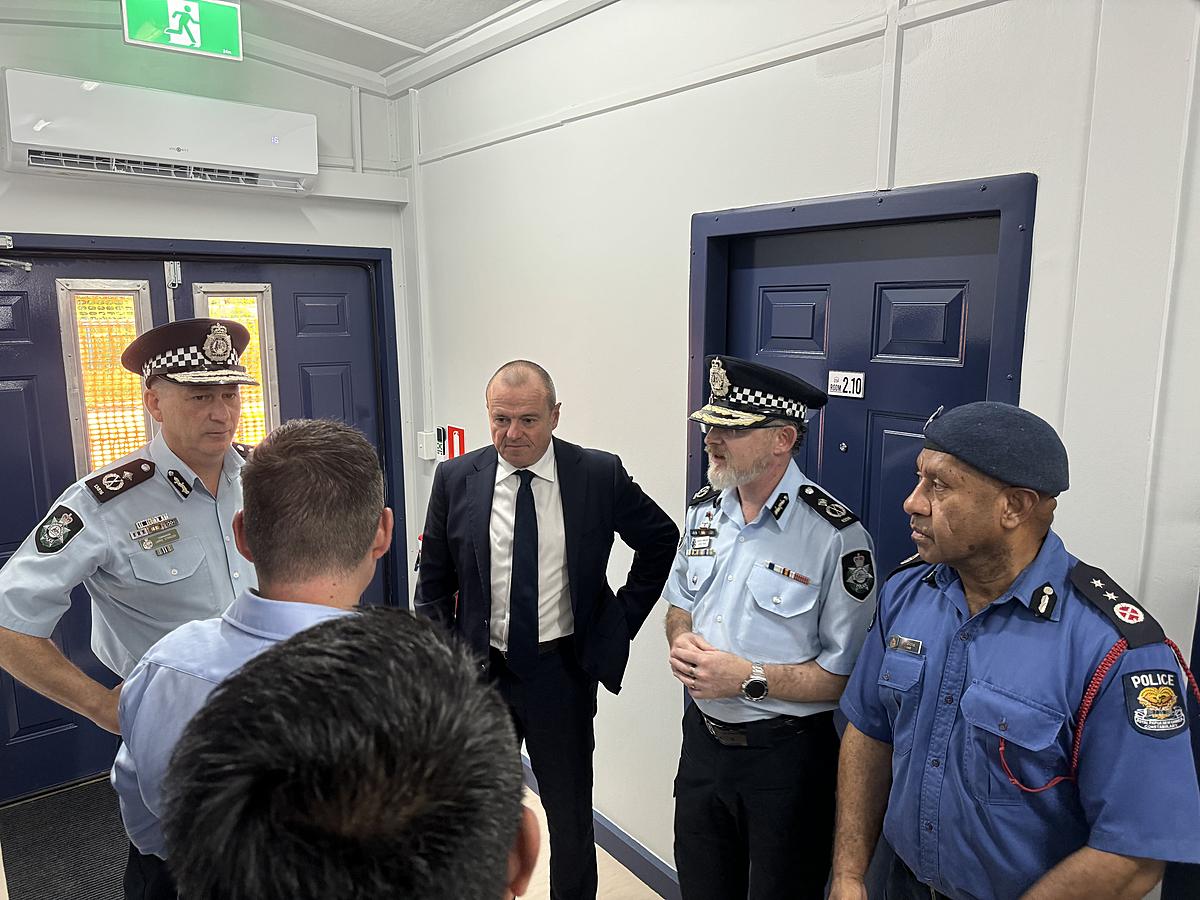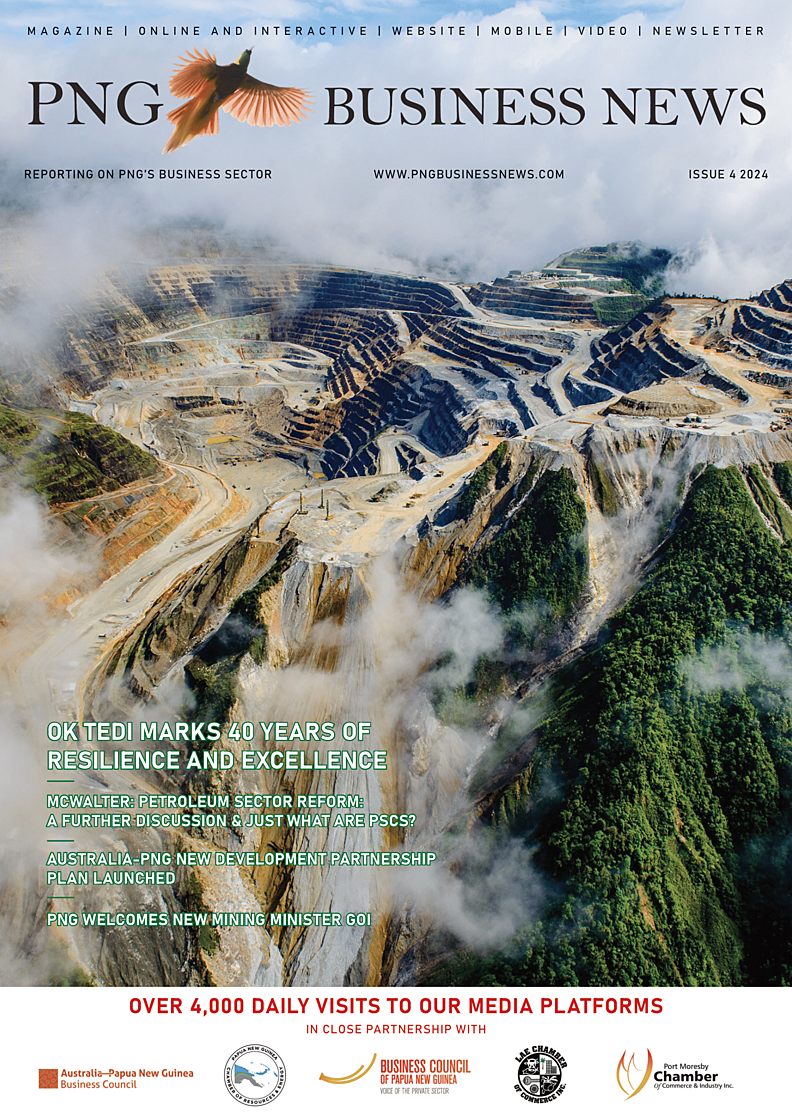Photo credit: St Barbara
St Barbara Managing Director and CEO Craig Jetson said, “The end of the December FY22 quarter marks a momentous period for St Barbara. Through the announcement of our acquisition of Bardoc Gold, we took decisive steps towards securing Leonora’s future as a significant processing hub in the Western Australian goldfields. The acquisition uniquely positions St Barbara to add value to the high quality Bardoc ore bodies by processing the ore at the Leonora processing plant. We also had some very encouraging drilling results in the Old South Gwalia ore body, which has the potential to add new mining fronts higher up in the mine. By the end of this financial year we are targeting an updated Mineral Resource for this area.”
“In conjunction with this, we continue to progress the Pre-Feasibility Study (PFS) on Tower Hill, Harbour Lights and associated processing plant expansion. Mine optimisations and designs were completed. The selection of open pit mining as the preferred development approach for Tower Hill means that we increased the resource base by 600koz. Infill drilling is underway at Tower Hill and Trevor Bore and will start at Harbour Lights this coming quarter.”
“The end of the quarter also heralded the completion of laying the DSTP pipeline at Simberi. The success of this project has meant that Simberi has been able to re-commence production in early January 2022.”
“Production from Leonora has been stronger than we anticipated which helps offset lower production guidance for the Atlantic operations which has continued to be impacted by delays in obtaining routine waste rock permits.”
“Importantly, these significant growth and production achievements were underpinned by strong safety results in the quarter with TRIFR down 25% to 2.7 per million hours worked.”
Overview
Group gold production for the December quarter was in line with the prior quarter. Production was slightly lower at Leonora in the second quarter due to lower grade, however the impact of this was largely offset by higher feed grades at Atlantic.
Drilling at Old South Gwalia has identified an area between 600mbs and 1000mbs, which has the potential to add mining fronts at significantly shallower depths. Drilling will continue to test the South Gwalia Series between 600mbs and 750mbs with an updated Mineral Resource expected to be completed in Q4 June FY22.
Completion of the Simberi DSTP pipeline was achieved during the December quarter, enabling the restarting of the process plant in early January 2022.
Group All-In Sustaining Cost for the September quarter was 6.5% higher at A$1,587 per ounce compared to the prior quarter in line with slightly lower production at Leonora.
At 31 December 2021, St Barbara total cash at bank position was A$94 million (up from A$42 million on 30 September 2021). Total debt owing under the Company’s syndicated facility on 31 December 2021 was C$80 million and A$50 million. A drawdown of A$50 million on the Australian tranche during the quarter was a prudent measure taken to maintain liquidity in a volatile operating environment due to potential COVID-19 interruptions.
The COVID 19 pandemic is beginning to cause issues sourcing required labour and equipment for the Atlantic and Simberi operations. The company remains proactive and pragmatic in its approach to the management of the pandemic. It notes that there has been tightening of the labour market in Western Australia as a result of border closures. St Barbara has developed contingency plans to minimise any potential interruption which could be caused when the West Australian border does open. With the safety of its people and communities paramount, St Barbara continues to work with and follow the advice of State and Federal governments and health authorities.
Atlantic has continued to experience delays in obtaining routine waste rock storage permits and when combined with significant rainfall events in the December quarter and the updated forecasts from the improved block model and associated mine plan, FY22 production for Atlantic has been revised down to 55koz to 65koz (previously 65koz to 85koz). Due to the reduction in production per ounce AISC guidance is now expected to be between A$1,650 to A$1,850 per ounce (previously A$1,305 to A$1,515 per ounce).
Production guidance for Leonora is expected to be towards the top end of its range while Simberi’s production is expected to be towards the bottom end of its guidance range. As a result, Group production guidance range has been narrowed to be between 305koz and 335koz (previously 305koz to 355koz).
Simberi Operations
The laying of the replacement DSTP pipeline was completed, with production recommencing after the quarter end, with the first gold pour occurring in the third week of January 2022. While the mill was offline a 130kt oxide ore stockpile on ROM pads was established. Multiple processing plant upgrades were also conducted during this time. These upgrades included the replacement of cyanide mixing and storage tanks, refurbishment of the rope conveyor, installation of downcomers in the carbon in leach (CIL) circuit to promote slurry mixing, a new lime circuit and several process control enhancements to CIL and thickener circuits.
Over the last six months the mine has been reconfigured to optimise waste haulage distance which has increased haulage capacity of ore to the 3.5Mtpa capacity processing plant. A new mine plan has also been developed targeting higher grade material and also enabling the batching of oxide, transitional and sulphide material which is expected to result in better recoveries than previously anticipated.
With the installation of the DSTP pipeline achieved late in December 2021, gold production is expected to be at the bottom end of the guidance range for FY22. The prior AISC guidance range had been calculated on the potential for production in the first half and was based on 12 months of cost divided by production from November to June. With production commencing in January 2022, the AISC guidance has now been recalculated based on production and cost for six months and includes the cost of ore stockpiles built in the first half. AISC cost guidance has been lowered to A$1,600 to A$1,850 per ounce (previously A$2,465 to A$2,650 per ounce).
Total capital expenditure guidance for Simberi remains the same, however A$10 million has been reallocated out of Sustaining into Growth capital expenditure to more accurately reflect accounting for the DSTP pipeline which is able to support a sulphide expansion.
Simberi Sulphide Project update
The pre-investment phase continues to advance well with procurement of long lead items underway. The front end engineering and design (FEED) work continues and construction packages will be issued to market early in Q3 March FY22 for competitive pricing and identification of key contractors for the project. Submission of the FEED study to the Board for the final investment decision remains on schedule for the end of March FY22.
The Social and Environmental Impact Statement review has been completed by the Conservation and Environmental Protection Authority (CEPA).
Anticipated approval of the permit remains unchanged for Q3 Mar FY22, and pending approval, first sulphide ore production is expected in Q2 December FY24.
Full report can be found HERE. Article courtesy of St Barbara










